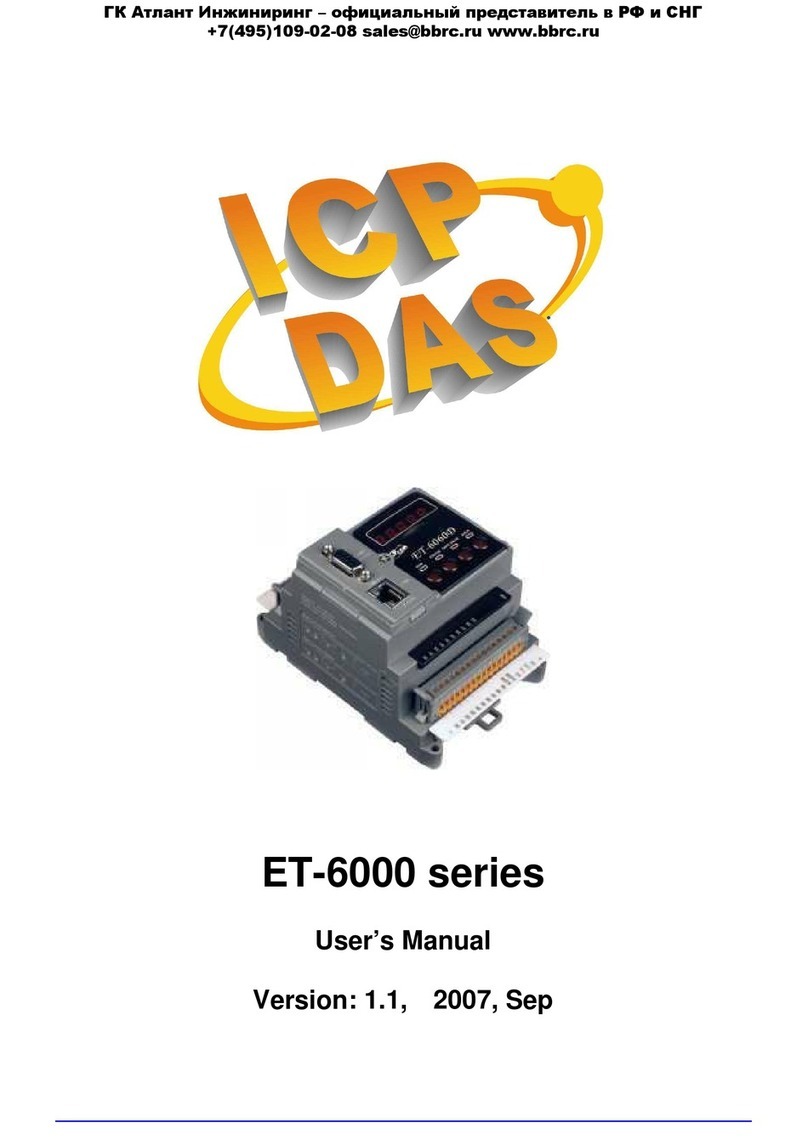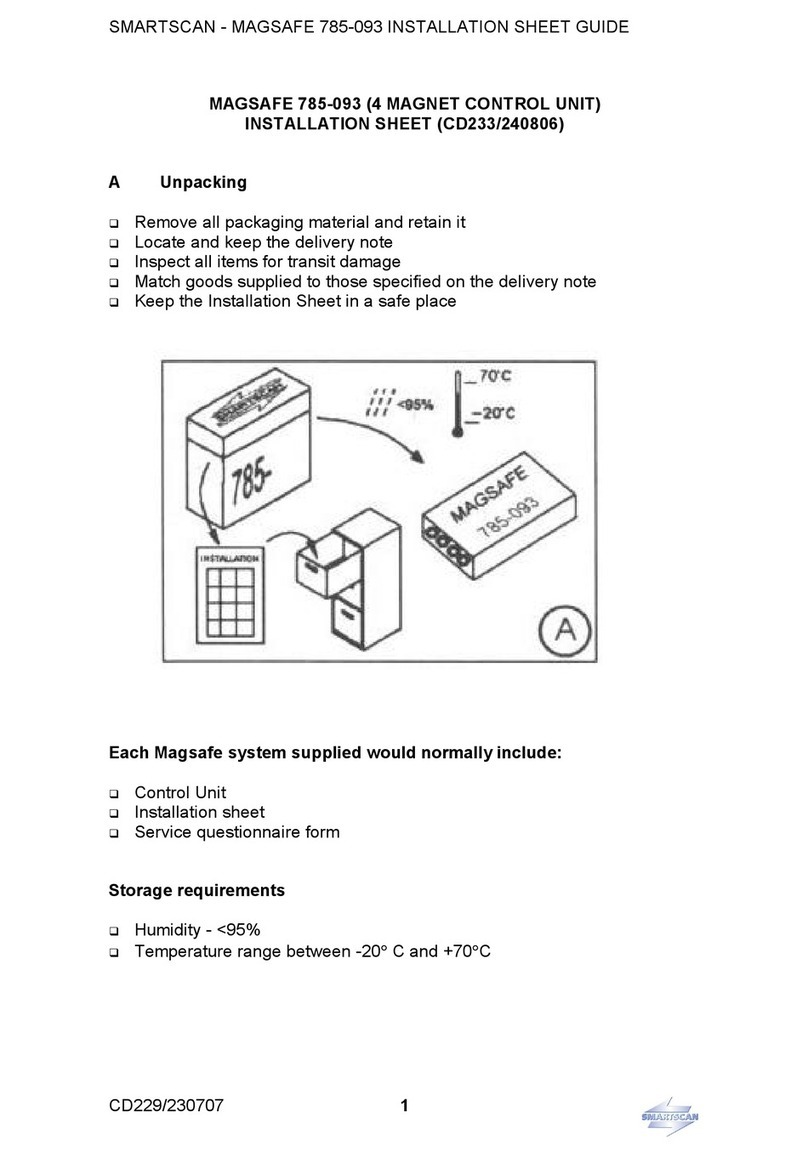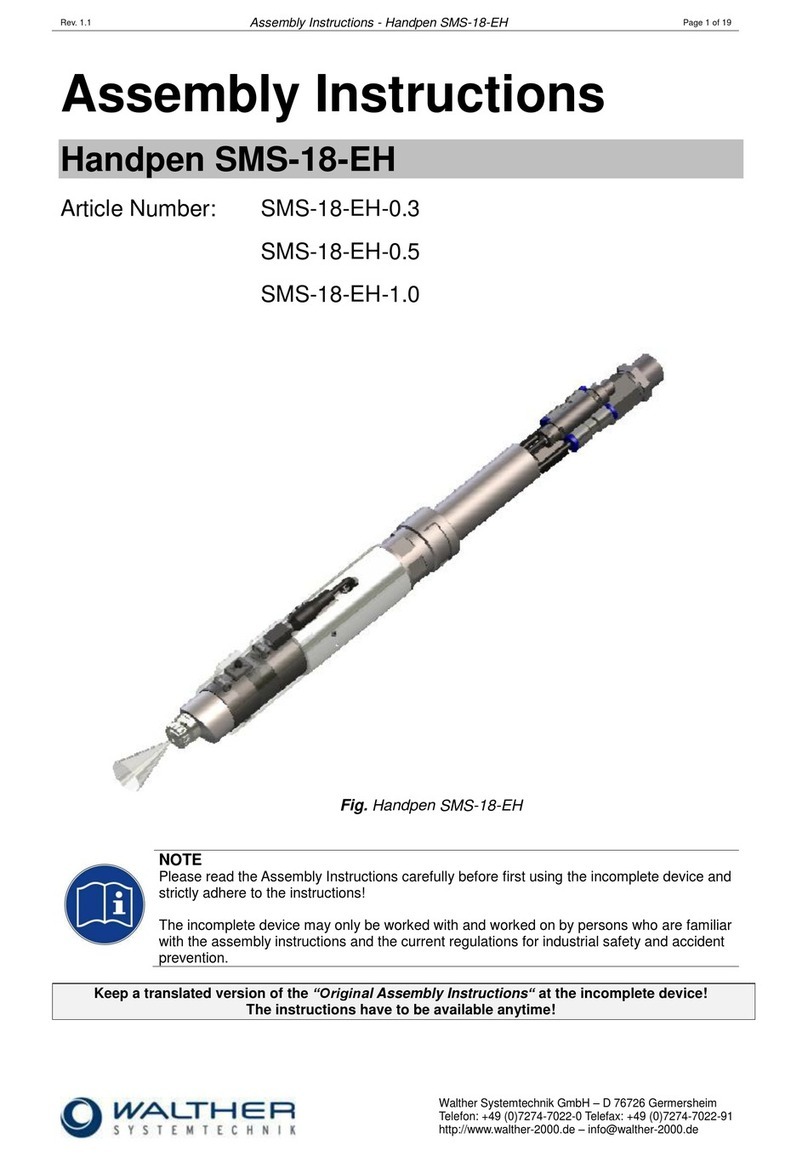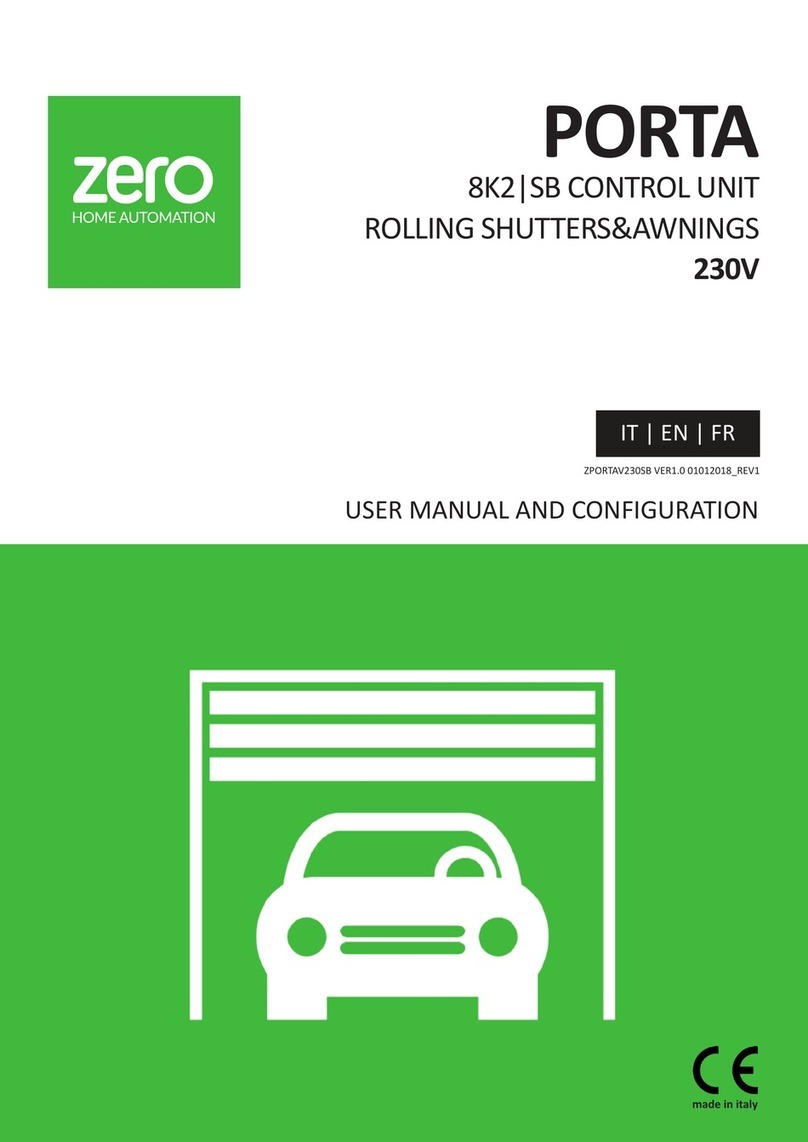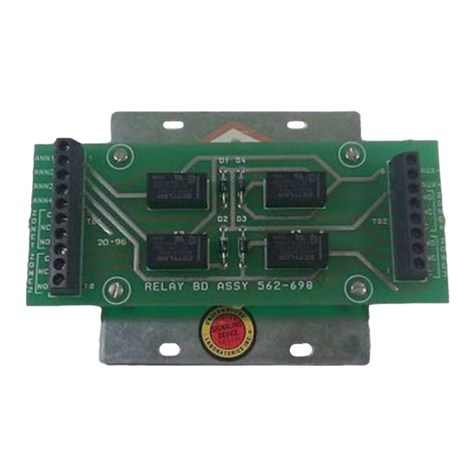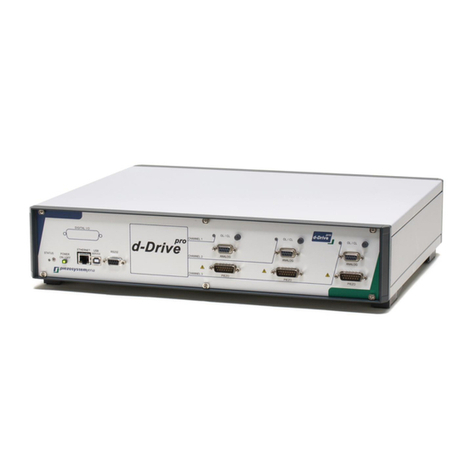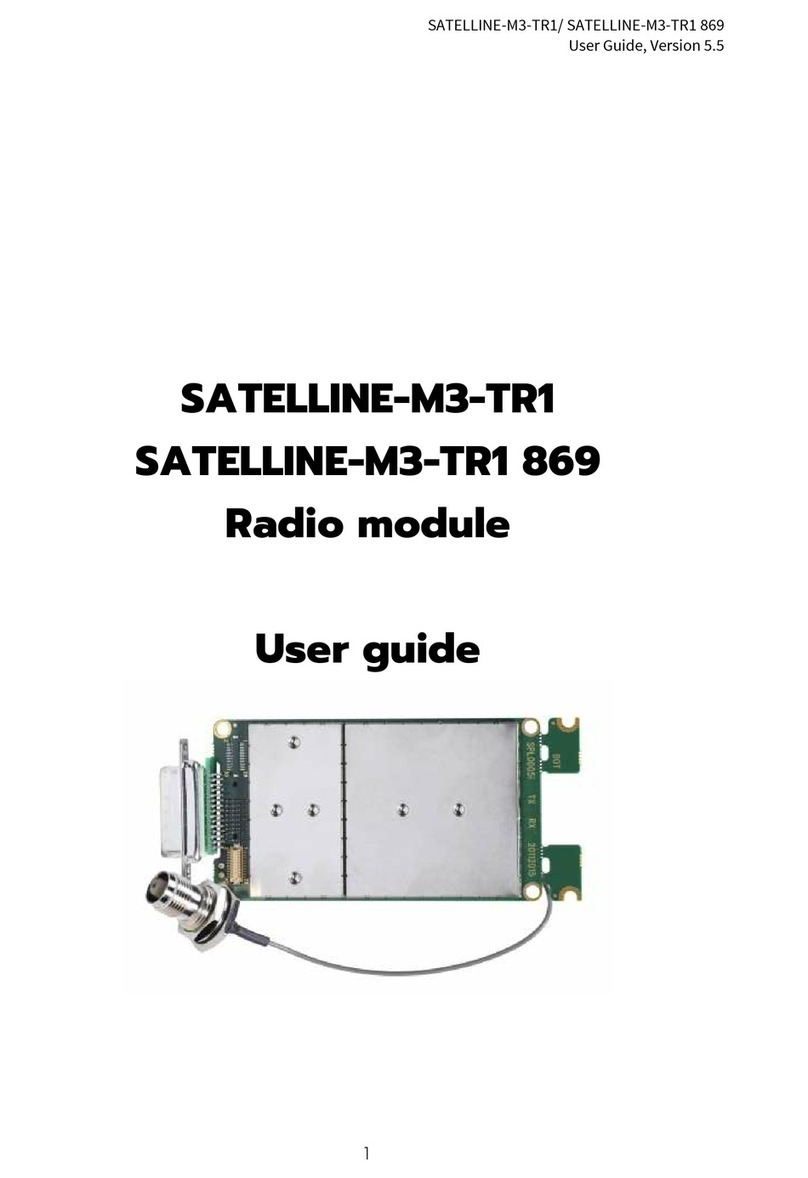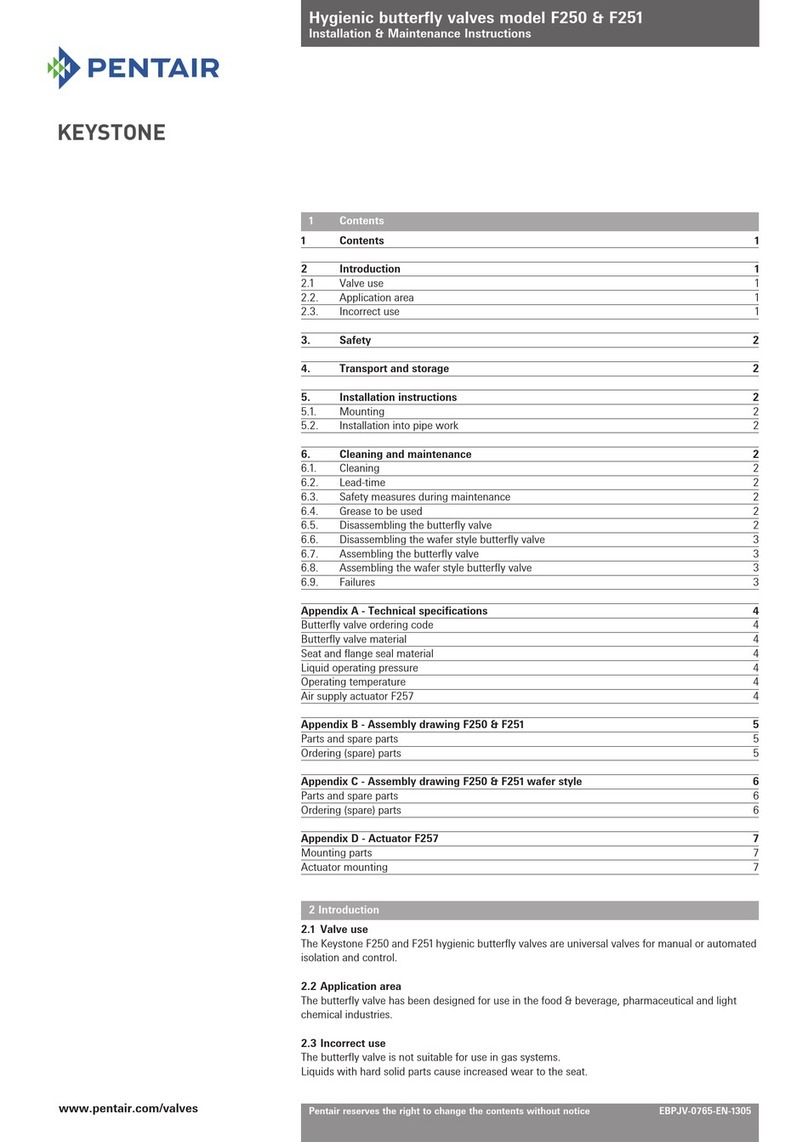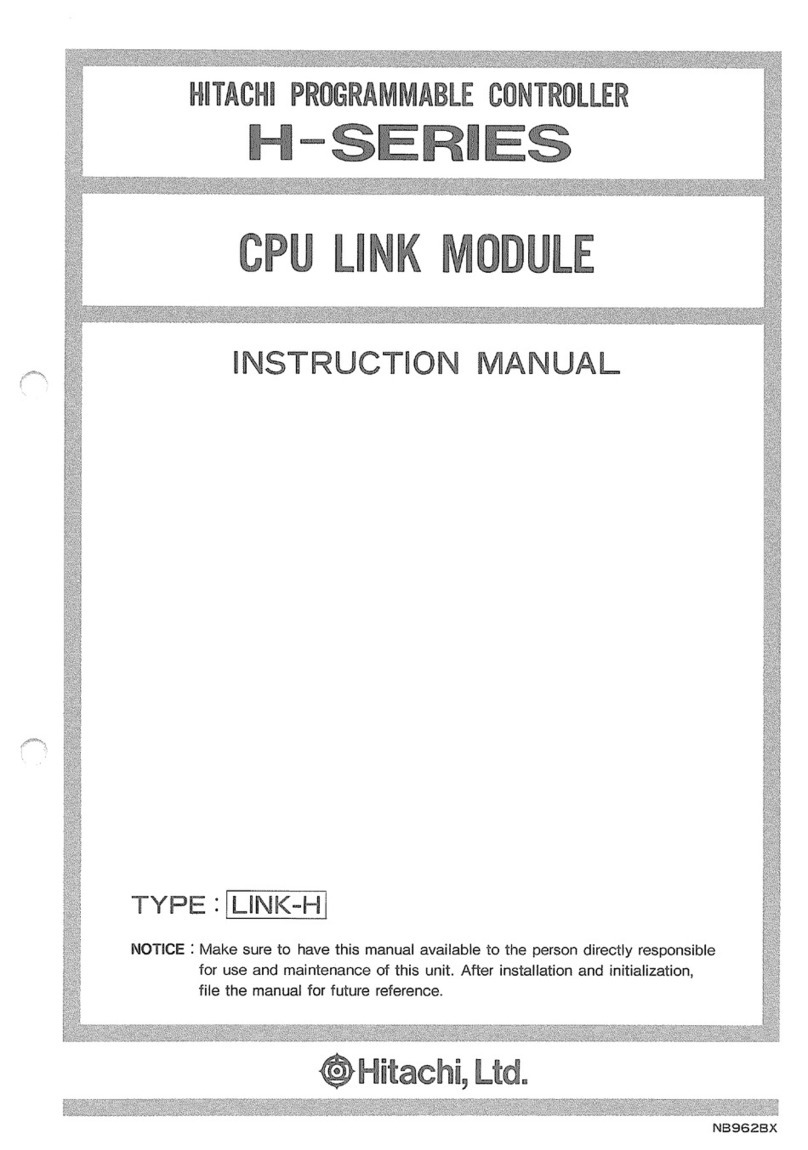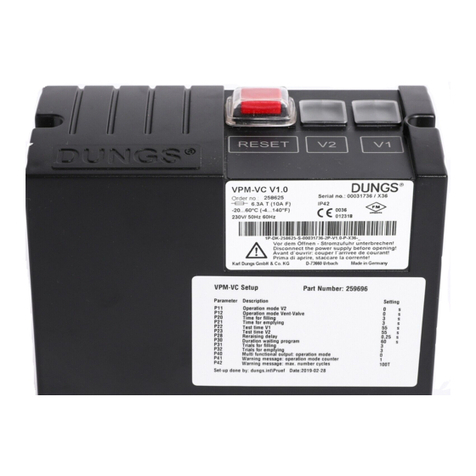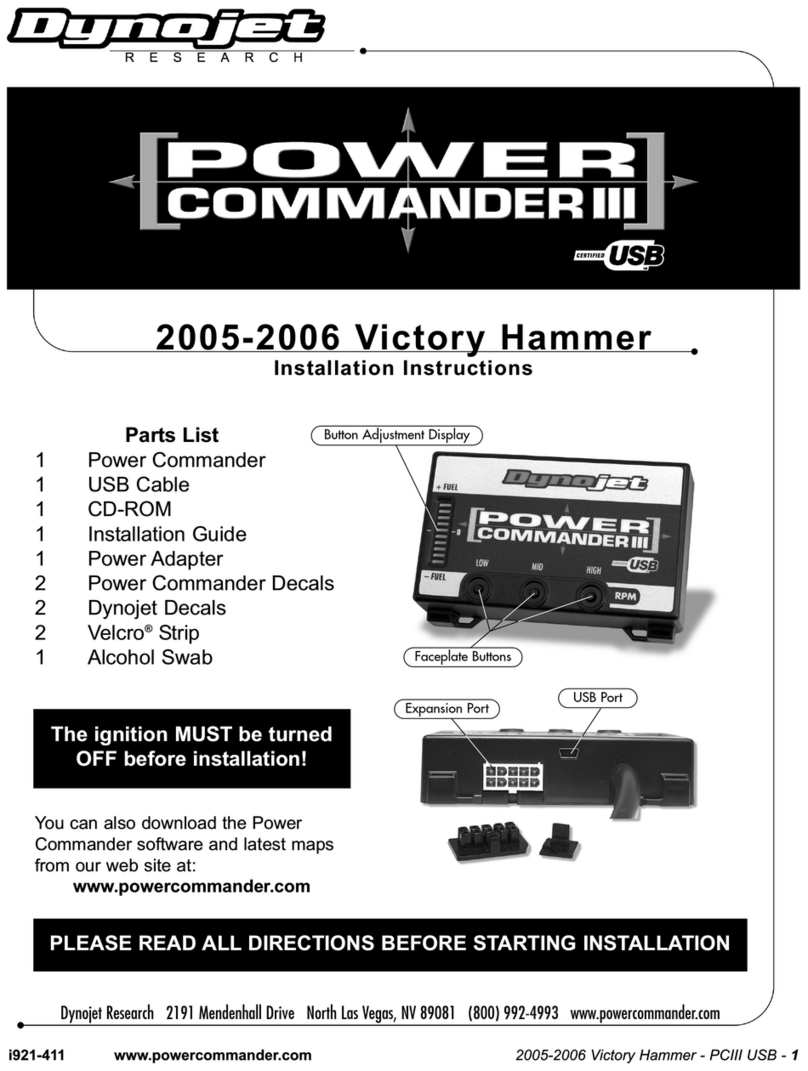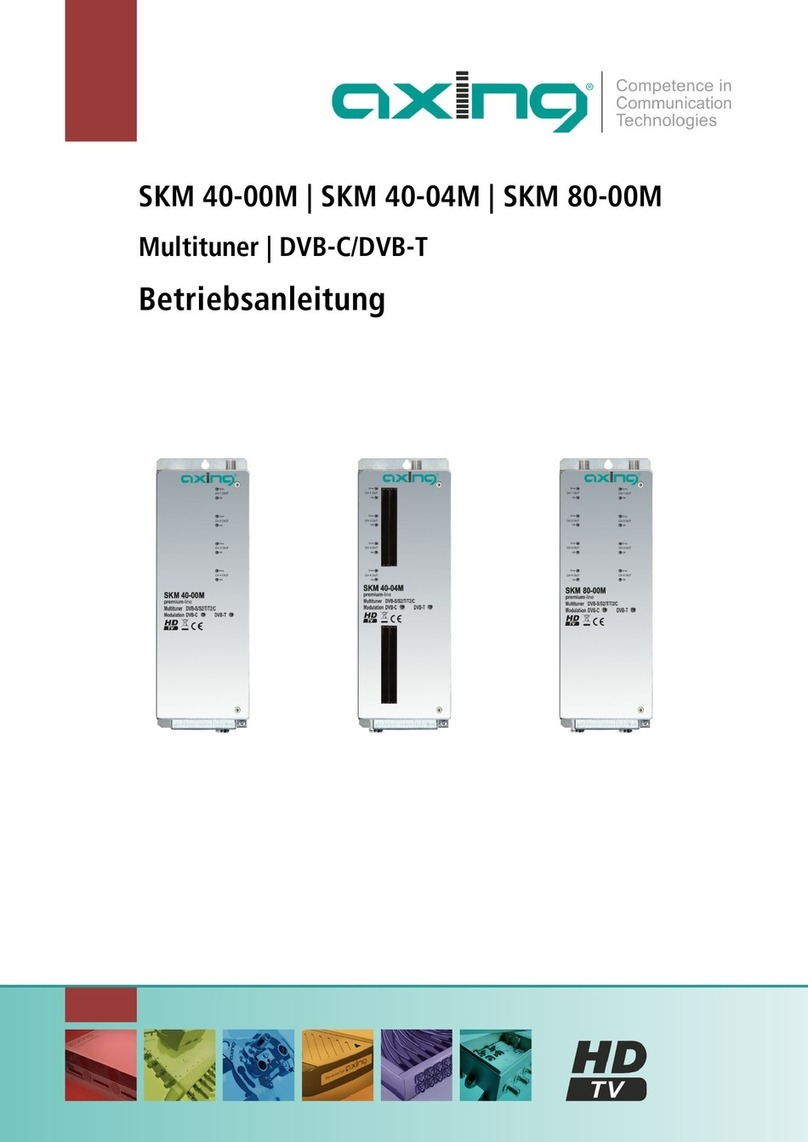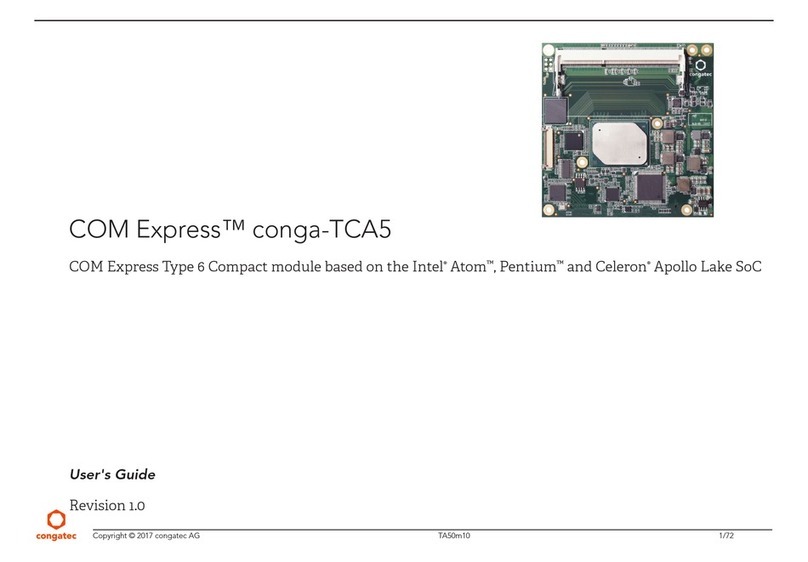
2
Current Adjust Resistor Values ..................................................................40
Recommended IMS Power Supplies .........................................................41
Recommended IMS Motors ........................................................................41
Options and Accessories ...........................................................................42
Section2.2: IB463................................................................................. 43
Section Overview .........................................................................................43
Mechanical Specifications ..........................................................................43
Electrical Specifications ..............................................................................44
Thermal Specifications ...............................................................................44
Current Adjust Resistor Values ..................................................................45
Recommended IMS Power Supplies .........................................................46
Recommended IMS Motors ........................................................................46
Options and Accessories ...........................................................................47
Section2.3: IB104................................................................................. 48
Section Overview .........................................................................................48
Mechanical Specifications ..........................................................................48
Electrical Specifications ..............................................................................49
Thermal Specifications ...............................................................................49
Current Adjust Resistor Values ..................................................................50
Recommended IMS Power Supplies .........................................................51
Recommended IMS Motors ........................................................................52
Options and Accessories ...........................................................................52
Section2.4: IB106................................................................................. 53
Section Overview .........................................................................................53
Mechanical Specifications ..........................................................................53
Electrical Specifications ..............................................................................54
Thermal Specifications ...............................................................................54
Current Adjust Resistor Values ..................................................................55
Recommended IMS Power Supplies .........................................................56
Recommended IMS Motors ........................................................................57
Options and Accessories ...........................................................................57
Section 2.5: IB1010 ............................................................................... 58
Section Overview .........................................................................................58
Mechanical Specifications ..........................................................................58
Electrical Specifications ..............................................................................59
Thermal Specifications ...............................................................................59
Current Adjust Resistor Values ..................................................................60
Recommended IMS Power Supplies .........................................................61
Recommended IMS Motors ........................................................................61
Options and Accessories ...........................................................................62
Appendix A: OPT140............................................................................ 63
Optional Interface Board .............................................................................63
Appendix B: Cooling Solutions .......................................................... 67
H-4X Heat Sink ............................................................................................67
H-100 Heat Sink ..........................................................................................67
Thermal Pads .............................................................................................68
AppendixC: MiscellaneousAccessories ............................................ 70




















